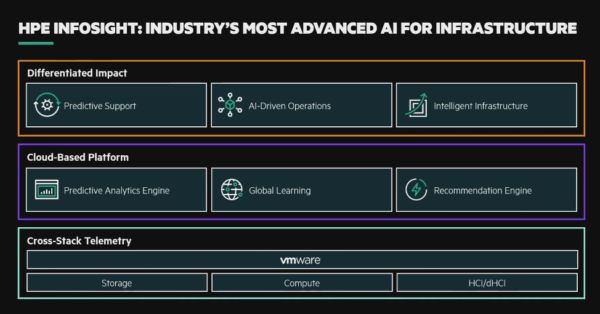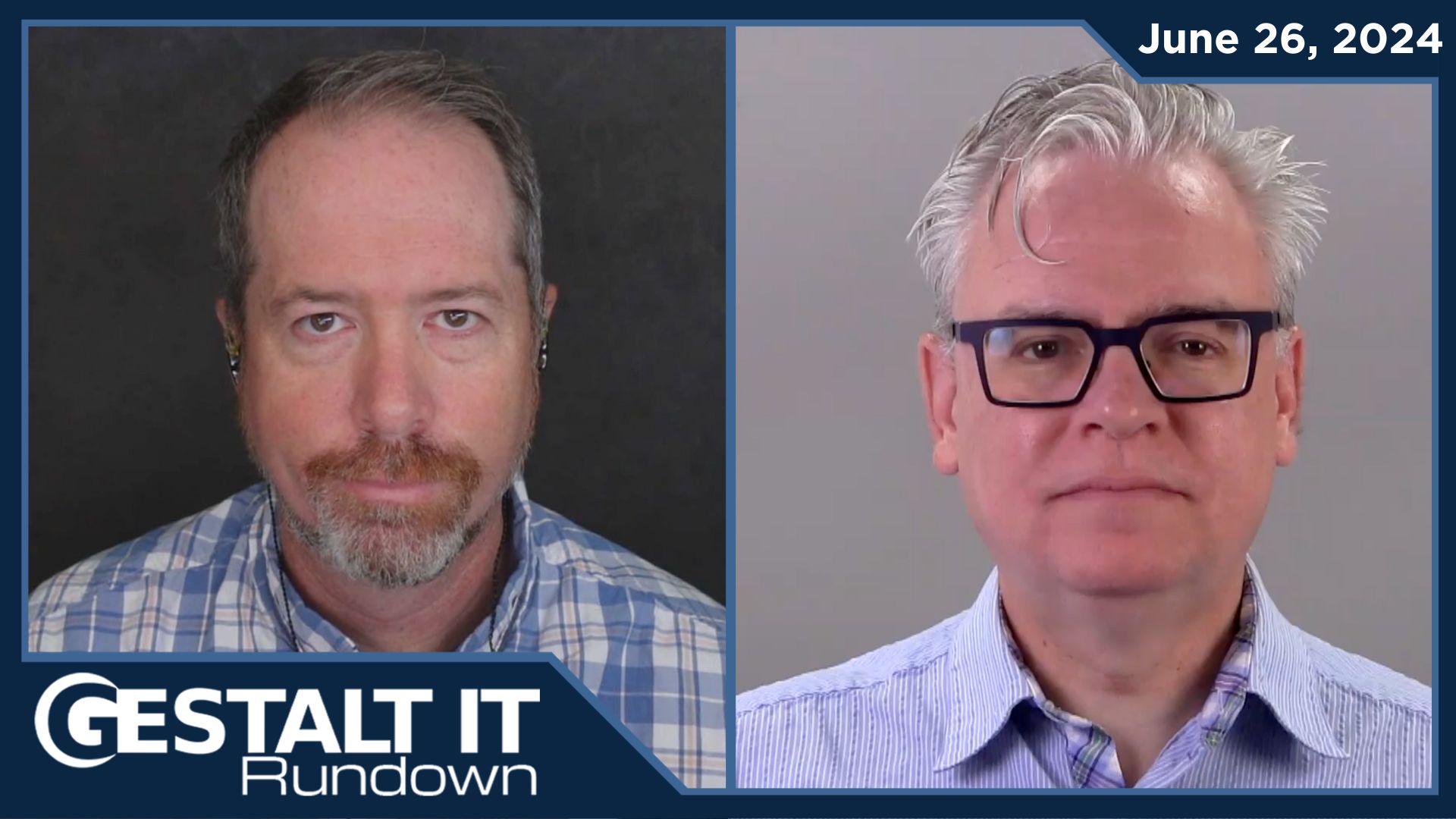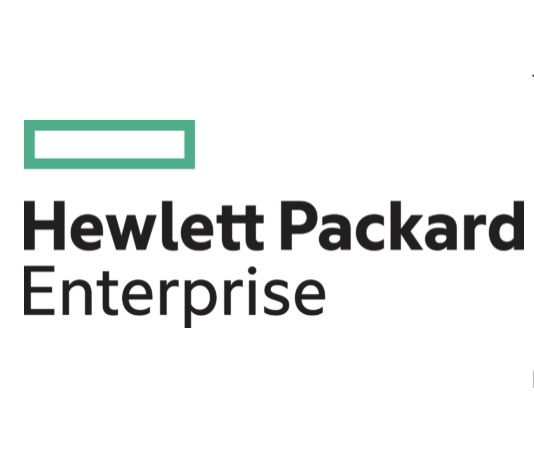Ten years ago, it was commonplace for vendors to develop infrastructure solutions that did not have an awareness of the rest of the operating environment. This could be seen at all areas of the stack, including solutions at the server, storage, network, and virtualization layers. It was accepted that each infrastructure area was its own silo, and customers largely just dealt with the inconvenience of this reality.
Times have changed significantly since then. To be competitive, vendors must produce solutions that are aware of other areas of the infrastructure and inform operators of environment state. Nimble Storage predicted this need when they developed InfoSight in the 2010s, and HPE has wisely broadened InfoSight’s capabilities post-acquisition.
HPE is betting that more information, and the predictive analytics this collected information enables, will be a key differentiator moving forward. And they have reason to believe they are right.
Complexity and change make troubleshooting more difficult
As IT infrastructure becomes more complex, the process of troubleshooting issues that arise becomes increasingly difficult. Normal day-to-day tasks, scheduled maintenance operations, and the introduction of new infrastructure components can all alter configuration in a significant way.
In the worst case, these alterations can directly trigger adverse events, but the process of ongoing change presents a challenge in itself. The operators of the infrastructure must maintain accurate documentation or a mental map of this configuration in order to begin troubleshooting efforts on the right foot.
This combination of complexity and change makes “known-state” difficult to track, which can prolong the troubleshooting process, increase support escalations, and prolong costly outages. All of these outcomes are undesirable, and there’s value associated with helping customers address this operational issue.
HPE InfoSight helps improve troubleshooting outcomes
Since the acquisition of Nimble Storage, HPE has put in a significant amount of effort to expand the capabilities of InfoSight and has now begun to leverage them across its broader portfolio of server and storage solutions.
As a result of this continued development and expansion, InfoSight can help predict, prevent and automatically resolve problems across multiple areas of the environment before negative impact is experienced by the customer. This analytics-driven approach gives infrastructure administrators the information they need much more quickly than if they had to manually assess and gather information themselves.

Because InfoSight draws upon information gathered from thousands of customer environments, its AI engine can provide insights that even the best human intelligence cannot. However, when you combine the aggregated machine intelligence of InfoSight with the deep organizational knowledge of your operations team, you have a winning combination for decreasing troubleshooting time and improving business outcomes.
Conclusion
Infrastructure complexity is becoming an issue that impedes ongoing operations, and solution vendors have a role to play in addressing this problem. In addition, it’s no longer good enough to just produce infrastructure solutions that do not have awareness of the rest of the stack.
As HPE is demonstrating with its expansion of InfoSight across its portfolio of server and storage solutions, a “more is better” approach to environment metric gathering is powering a revolution in AI-driven analytics. And for many customers, this will serve as a much-needed operational force multiplier in the face of the continual drive to “do more with less”.
For more information on the recent expansion of HPE InfoSight, check out HPE’s full presentation at Tech Field Exclusive with HPE Storage 2019.




